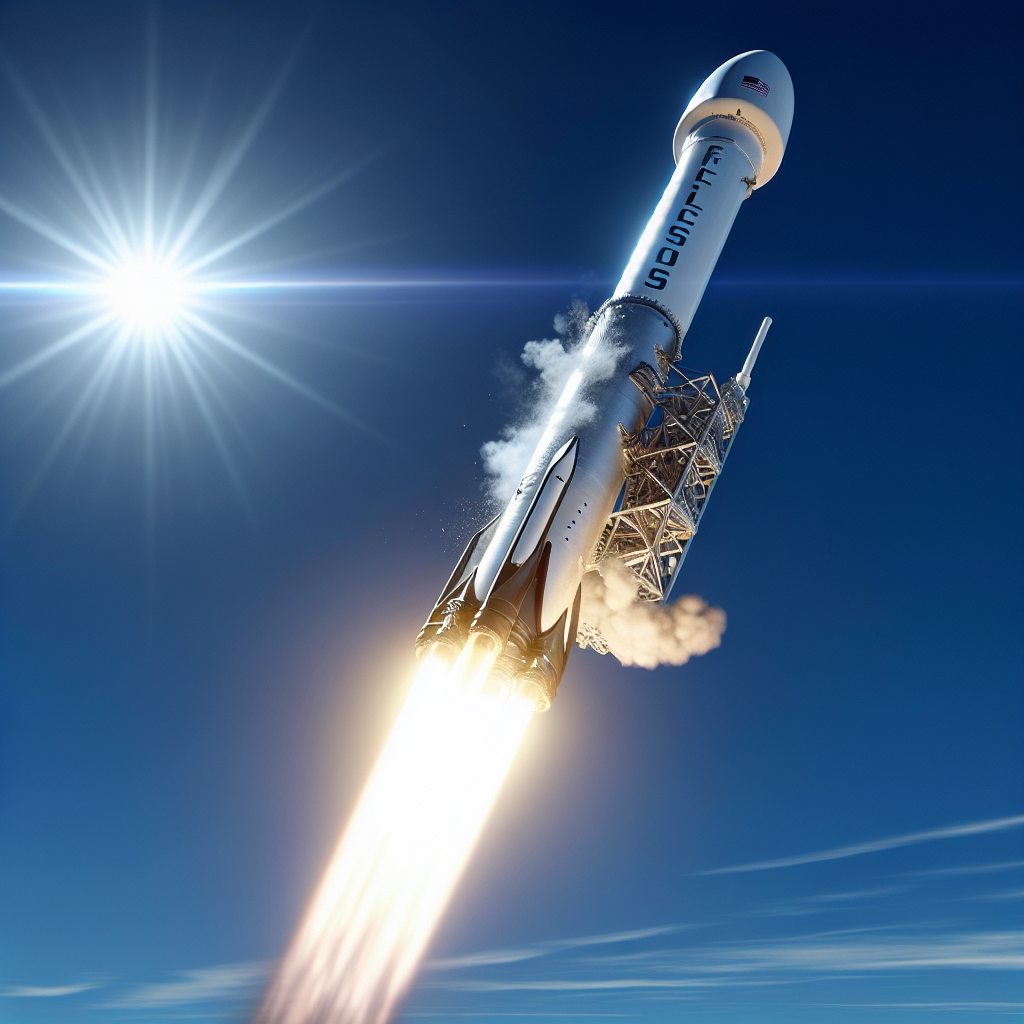SpaceX faced an unusual setback on Thursday with the launch of its Falcon 9 rocket, which was carrying a series of Starlink satellites. The aerospace company had intended to deploy 20 satellites from Vandenberg Space Force Base in California, but the mission encountered issues a few hours post-launch.
Elon Musk, CEO of SpaceX, announced that the rocket experienced a rapid unscheduled disassembly (RUD) while in orbit. The company explained on social media that the rocket’s second stage failed to complete its second burn, resulting in the Starlink satellites being released into a lower orbit than planned. Despite the mishap, SpaceX confirmed contact with five of the satellites and is attempting to elevate them into their intended orbit.
Musk also mentioned efforts to update satellite software to operate ion thrusters at high speeds, though he admitted the unconventional solution might not work. This incident stands out as Falcon 9 rockets have had a strong track record, with nearly 100 launches last year and no significant failures since a 2016 explosion on the launchpad.
The Federal Aviation Administration (FAA) acknowledged the event and stated no injuries or damage to public property occurred. The FAA will require an investigation into the incident.
This setback comes as the FAA is preparing to hold public meetings about SpaceX’s proposal to increase the launch frequency of its Starship and Super Heavy booster from Texas. Currently, SpaceX is permitted to conduct five Starship launches and 10 landings annually, and land the Super Heavy booster up to 10 times a year.
The FAA plans to hold four public meetings next month, one virtually, to gather public feedback on the environmental impact of the increased launch activities and the proposed upgrades to SpaceX’s megarocket.
